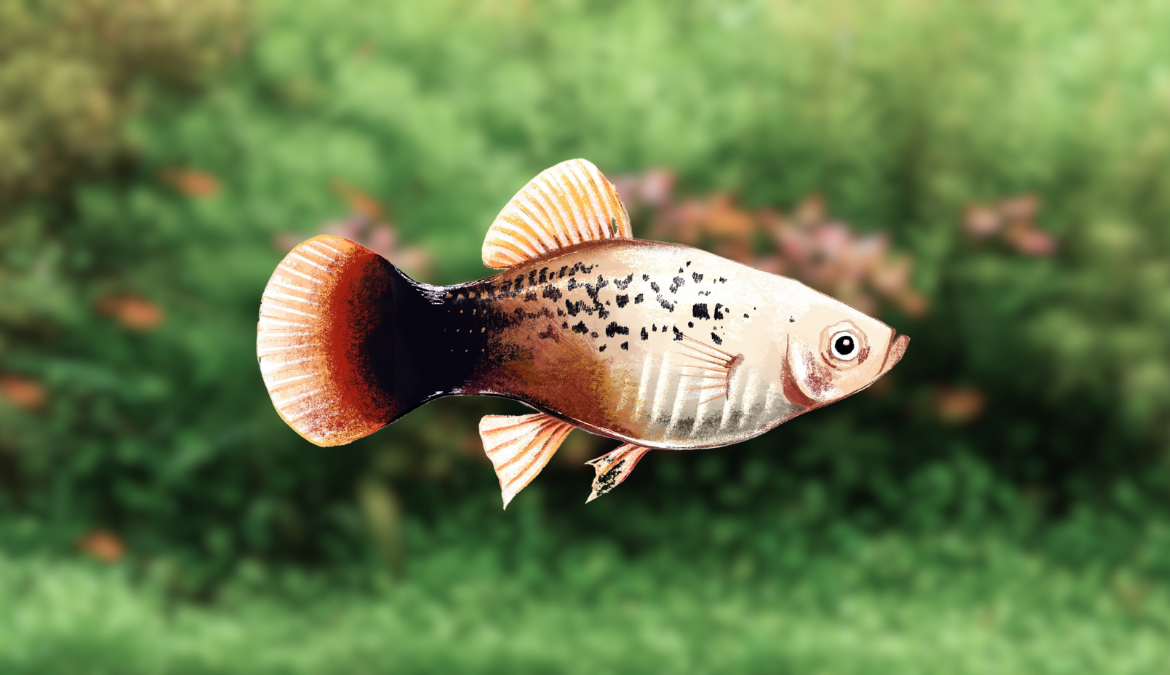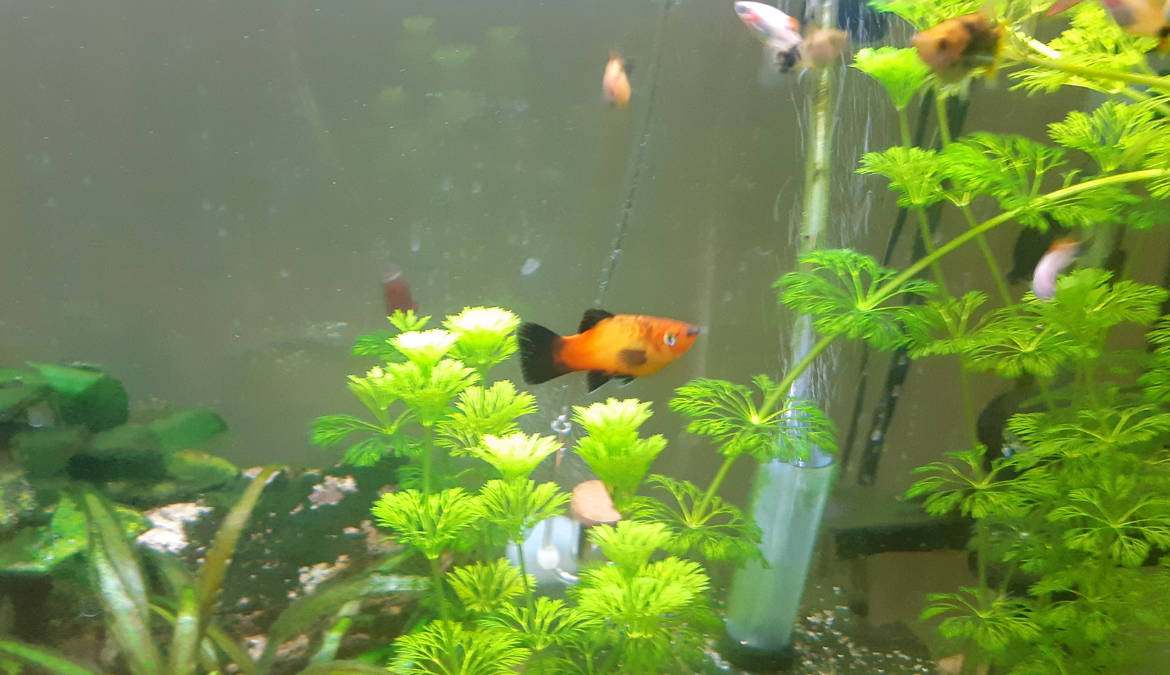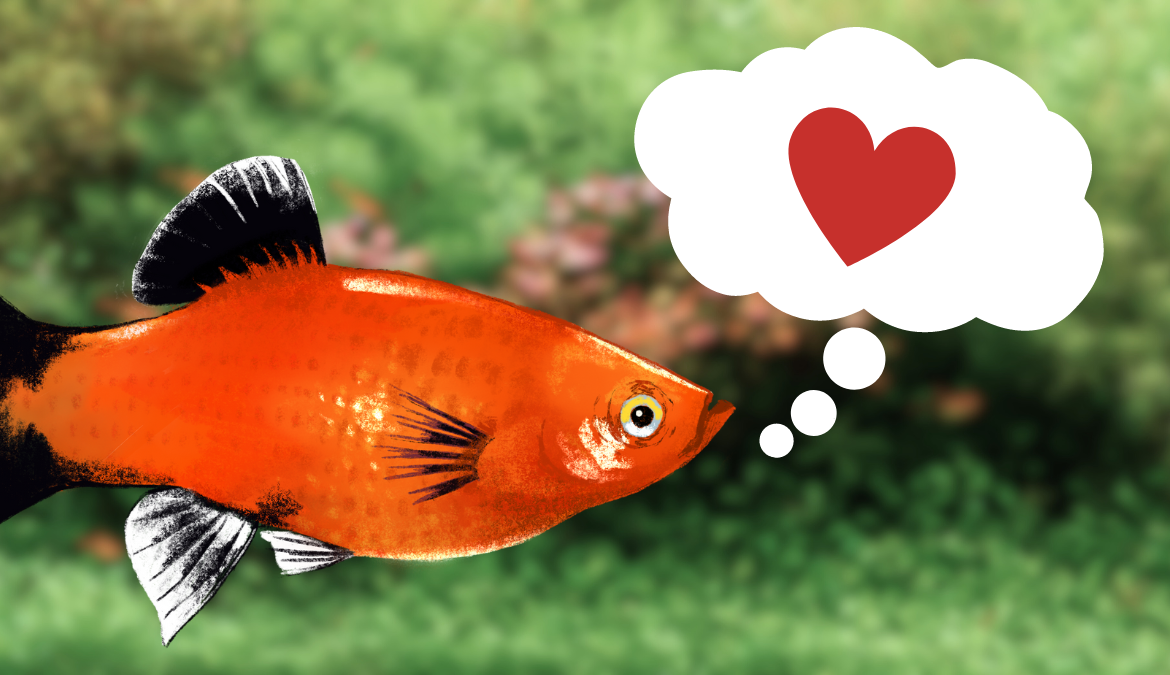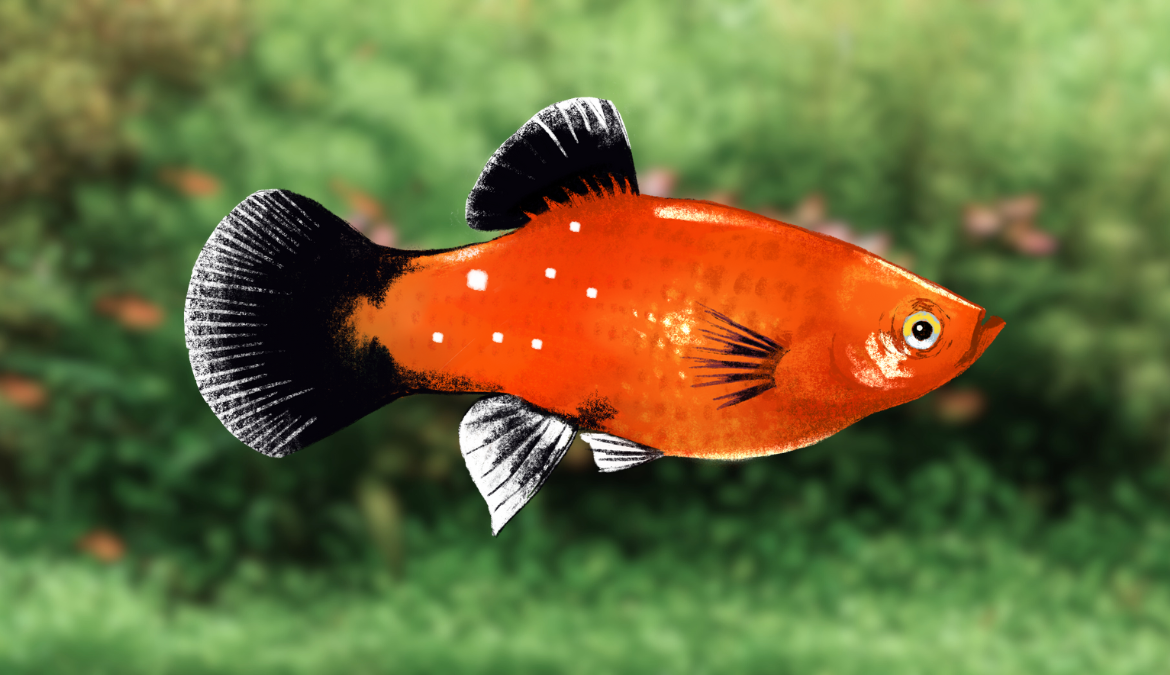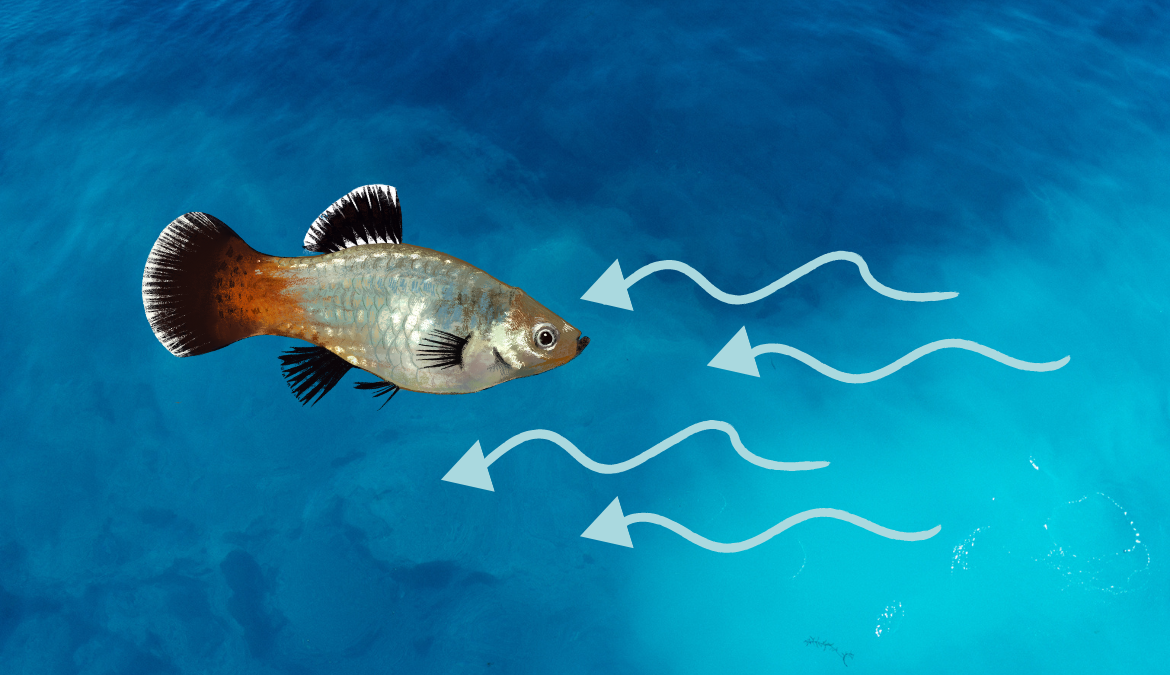Clamped fins, flashing, gasping for air, loss of appetite, and aggressive behavior are signs of stress that may lead to disease in platy fish. You can improve your platies’ well-being by preventing environments that cause stress and learning how to identify and treat stress symptoms.
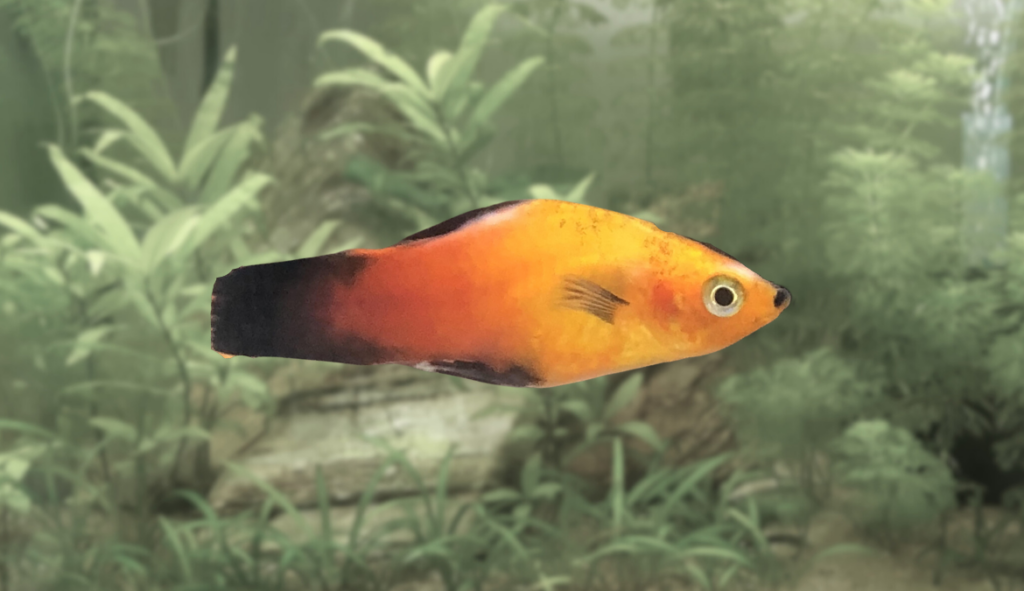
I’ve been keeping platies for several years and have researched and learned the various methods for heeping healthy fish. Here’s everything I’ve learned about platy stress management:
Contents
Understanding Platy Fish Behavior
Healthy platy fish behavior is a combination of lively movement, active feeding, and peaceful co-existence with tank mates. However, understanding what’s normal can be tricky if you’re new to keeping platies.
My own experience and observations taught me that platy fish are generally active, social, and display vibrant colors. When my platies are healthy, their fins are up, they greet me excitedly when I approach the tank, and they are curious as they explore their tank.
Normal Behavior in Platy Fish
Typically, platies spend their time swimming across the mid-level of the tank. They are omnivores and display eagerness during feeding time. A harmonious environment is important for platies, and they tend to get along well with similarly sized, non-aggressive fish species.
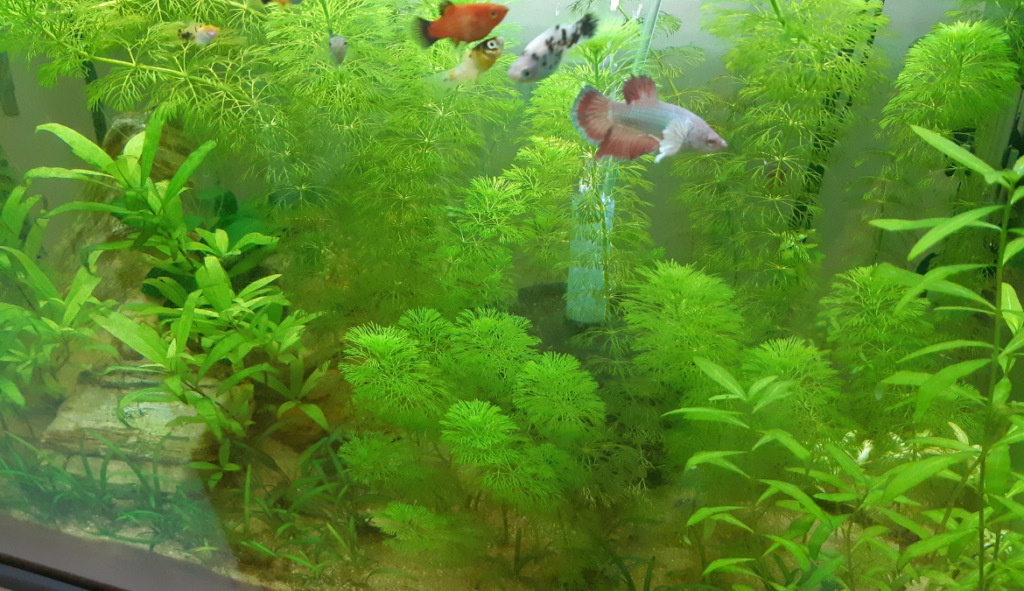
Factors Influencing Platy Fish Behavior
Like any pet, the behavior of platy fish can be influenced by their environment and overall health. Factors such as water quality, tank size, diet, and tank mate compatibility all play a role in their behavior. To better understand how these factors contribute to stress, it’s essential to delve into what stress looks like in platy fish.
Identifying Signs of Stress in Platy Fish
Recognizing stress in platy fish is vital in ensuring their well-being. These signs can often be subtle, but with careful observation, you can notice them before it’s too late.
Changes in Swimming Patterns
Platies under stress often exhibit changes in their swimming patterns. They may swim erratically, hover near the surface, or hide at the bottom of the tank.
I’ve noticed one of my platies exhibiting this behavior when I first introduced a new tank mate. It was a signal to me that something was off.
The most obvious signs of stress or discomfort are clamped fins and flashing.
Clamped fins is when your platy’s fins lay flat against their body instead of being upright. This indicates they are experiencing some form of continual discomfort.
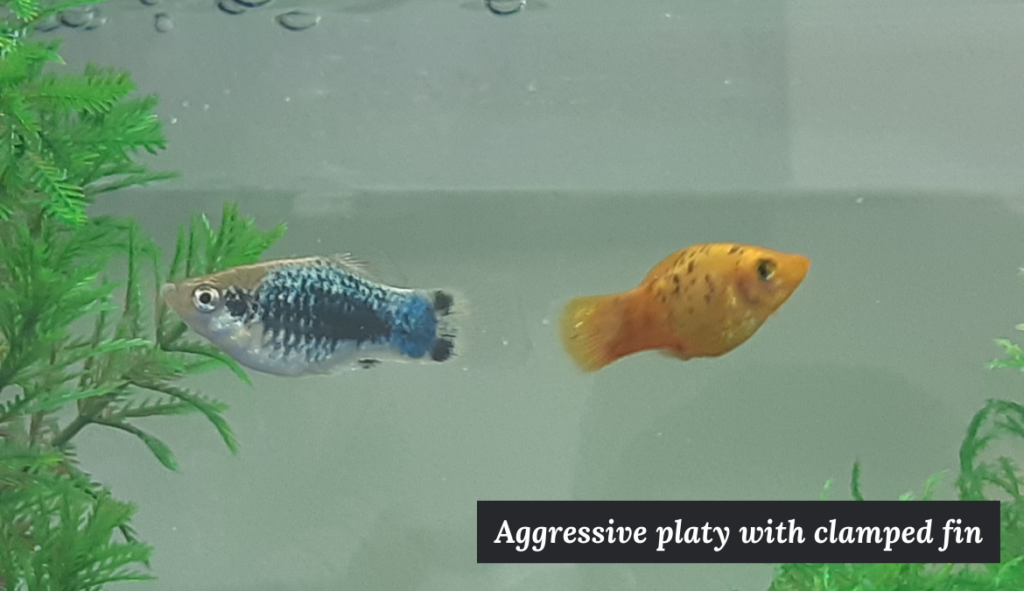
Flashing is when your platy ocassionally bounces off objects in your tank. They do this to attempt to get rid of a discomfort. Think of it similar to scratching an itch.
Altered Eating Habits
An immediate change in appetite is another clear indication of stress. A healthy platy will show enthusiasm during feeding time. However, if they suddenly lose interest in food, it often indicates stress or illness.
Physical Signs of Stress
Stress can manifest physically in platy fish. Look out for changes in coloration, torn fins, or visible spots and lesions on their body. These are not only signs of stress but could also indicate disease.
Aggressive or Unusual Interactions with Tank Mates
Stress can also lead to changes in how your platy interacts with their tank mates. Increased aggression or, conversely, withdrawal from social interaction can be signs of stress.
When I kept platies in my 10-gallon tank, I observed one of my platies consistently chasing another. I realized my tank was likely overcrowded or simply too small for adult platies so I upgraded to a 20-gallon tank, which seemed to resolve the aggression problems.
Responding to Signs of Stress
Once you’ve identified signs of stress in your platy fish, it’s crucial to address these symptoms promptly. This will not only alleviate the immediate discomfort of your fish, but it may also prevent a potential health crisis for the affected fish and the rest of your fish community.
Adjusting the Tank Environment
Many stress symptoms in platies can be linked to unsuitable tank conditions. Be sure to check your tank’s water quality regularly.
If you detect an imbalance in the water parameters, take immediate steps to rectify it. Ammonia and nitrite levels should always be zero, while nitrate should be below 40ppm.
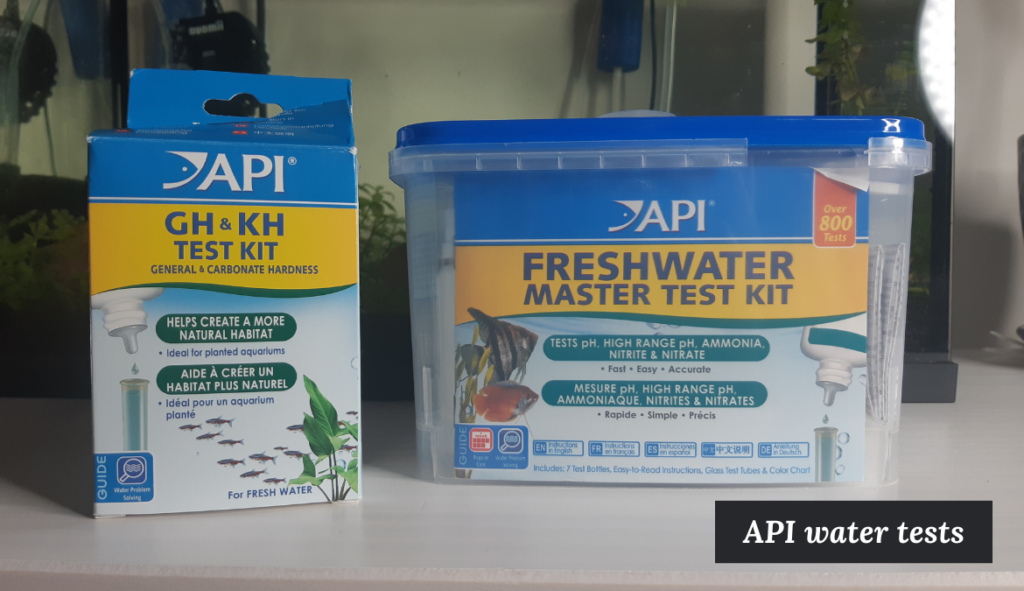
Adjusting the tank’s temperature, improving the filtration system, or adding more hiding spots can also help reduce stress.
Reviewing the Diet
The diet you provide for your platy can significantly influence their stress levels. A varied, high-quality diet that mimics what platy would eat in the wild can do wonders for their stress levels. Offering a mix of commercial flakes or pellets and live foods can enhance their overall health and reduce stress.
Addressing Tank Mate Compatibility Issues
If your platy is showing signs of stress due to aggressive tank mates, you may need to consider rearranging your aquarium inhabitants. It’s possible that a more aggressive species has been introduced into the tank, causing your platy stress.
Alternatively, your platy may be getting bullied by a larger group of the same species. So it’s also important to consider how many platies are being kept together as your tank may simply be overcrowded.
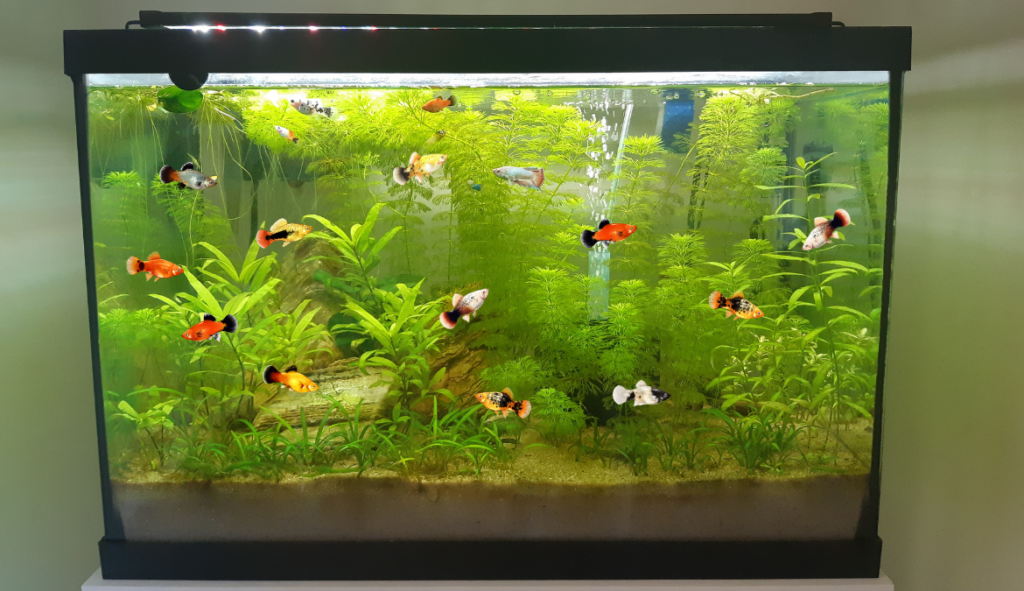
Prevention of Stress in Platy Fish
As the old saying goes, prevention is better than cure. This holds especially true for stress in platy fish. By creating an optimal environment and ensuring all the necessary conditions for healthy living, you can greatly reduce the chances of stress in your platies.
In my experience, fish disease is often difficult to diagnose and treatment often has a low probability of success. Therefore, prevention is always the best method for maintaining platy health.
Optimal Tank Setup
An ideal platy fish tank is a key component in stress prevention. A spacious tank with plenty of swimming space and hiding spots can significantly decrease stress levels in your fish.
Similarly, maintaining ideal water parameters ensures a healthy environment for your platy fish to thrive in. A well-filtered tank with a stable temperature around 72-80°F and pH between 7.0 and 8.0 creates optimal living conditions for your platies.
Balanced Diet
Just like in humans, a balanced diet can prevent a host of health issues in platies, including stress. Ensure your platy receives a varied diet consisting of commercial fish flakes or pellets and live foods. Be sure not to overfeed, as this can cause problems with both the fish’s health and the water quality.

Suitable Tank Mates
Selecting suitable tank mates for your platy fish can prevent unnecessary stress. Platies are peaceful and get along with many other species of fish. Avoid housing them with aggressive or much larger fish, as this can lead to stress.
I’ve had success so far keeping platies with bettas and plecos and understand that platies tend to be peaceful with most similarly-sized fish. Many experienced fishkeepers will recommend keeping platies with other livebearers such as guppies or endlers because they thrive in similar water parameters and exhibit similar behaviors.
Regular Health Checks
Performing regular health checks can help in early detection of any health issues. This includes observing your platy’s behavior, eating habits, and physical appearance regularly. Any sudden change could be an early sign of stress or illness.
Long-Term Management of Stress
The management of stress in platy fish is an ongoing process, not a one-time effort. Here are some key aspects to keep in mind for long-term stress management.
Continuous Monitoring
Continuous monitoring of your platy fish’s behavior and health is crucial. While this might sound time-consuming, it can be as simple as taking a few minutes each day to observe your platies. Watch out for changes in behavior, such as increased hiding, erratic swimming, changes in physical appearance, or a decrease in social interaction.
Regular Maintenance
Regular maintenance of your platy’s tank is another essential component of long-term stress management. This includes routine water changes, cleaning of the substrate and decorations, and checking the filter. Maintaining high water quality is one of the most important factors in preventing stress.
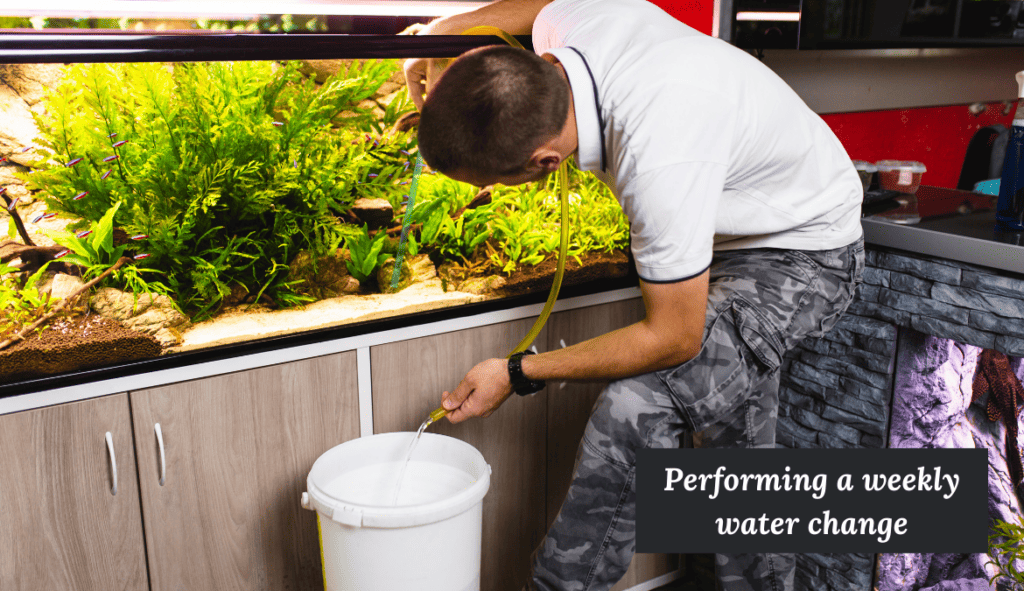
Habitual Health Checks
In addition to routine tank maintenance, habitual health checks on your platies are equally important. Check your fish for signs of disease or distress regularly, and take corrective action as soon as you notice anything amiss.
With proper care and attention, stress in your platy fish can be effectively managed over the long term. Your platies will reward your efforts with vibrant colors, lively behavior, and a happy, stress-free life.


